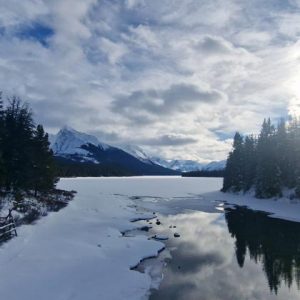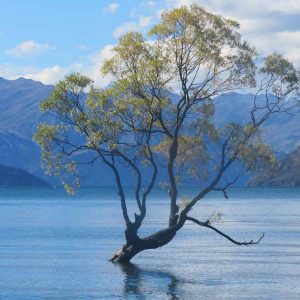What’s the name of a country the size of Switzerland, landlocked too, with a constitutional monarchy, located in South Asia and only recently connected to the internet, where the king insists on measuring Gross National Happiness each year? Oh yes, and visited by the Cambridges in April 2016, with great success.
Where?
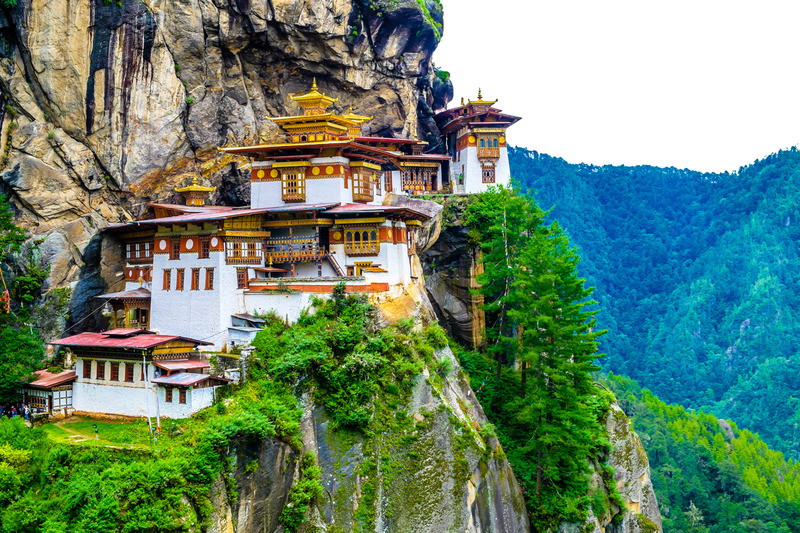 The answer is indeed, Bhutan: a country bordered in the north by China, and India in the south, west and east. So just a tad inaccessible, and mountainous to boot. It really was pretty closed for centuries and has only recently encouraged tourism, although numbers are somewhat controlled. This is, in part, because the number of pilots licensed to land at Paro airport, Bhutan’s only international airport, was just eight, for some time. Flying in from Kathmandu is recommended as you can see Mount Everest if you sit on the left hand side of the plane. And wherever you come in from, Delhi, Mumbai, Singapore or Bangkok, the landing is almost vertical, after an approach through deep valleys, with towering mountains above.
The answer is indeed, Bhutan: a country bordered in the north by China, and India in the south, west and east. So just a tad inaccessible, and mountainous to boot. It really was pretty closed for centuries and has only recently encouraged tourism, although numbers are somewhat controlled. This is, in part, because the number of pilots licensed to land at Paro airport, Bhutan’s only international airport, was just eight, for some time. Flying in from Kathmandu is recommended as you can see Mount Everest if you sit on the left hand side of the plane. And wherever you come in from, Delhi, Mumbai, Singapore or Bangkok, the landing is almost vertical, after an approach through deep valleys, with towering mountains above.
How?
You can only visit as part of a group with a designated local guide, and there’s a daily fee for tourists, so it’s not the place for free-wheeling backpackers. Tourist infrastructure is rudimentary as it’s a new-ish development, so signs are not in English and trails not always well-marked when trekking. Guides take charge and add much to the visitor experience. One of the most popular expeditions is to hike in the central region, through the Himalayan foothills, taking a trip for 3 or 4 days, sleeping in tents, passing through traditional villages and immersing yourself in the pristine natural environment.
Why?
This is a country that rewards the visitor time and again: it has been compared to Shangri-La, the mythical utopia of James Hilton’s 1933 book, Lost Horizon.
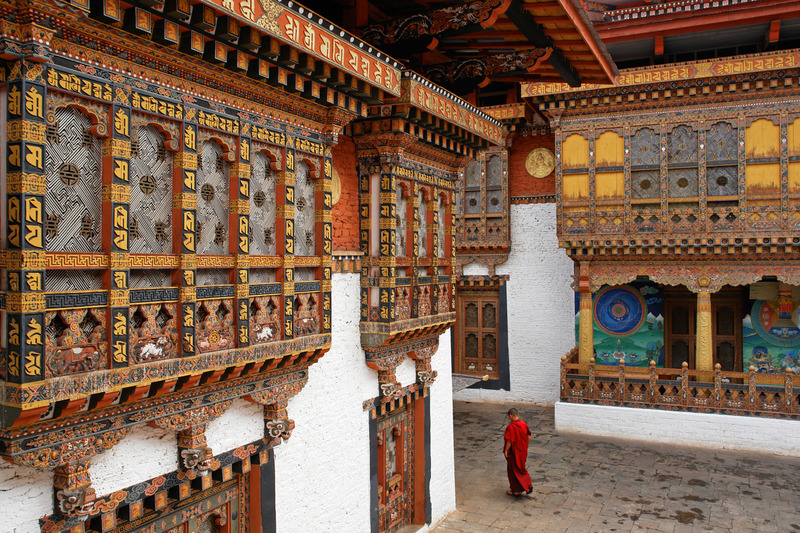 The way of life is happily traditional, staying the same for centuries, and now the outside world is arriving in the form of tourists, television since 1999 and the internet (still only in Thimphu, the capital): so if you wish to experience authentic Himalayan Buddhism in a living culture before it dies out, this is where to go. Even now, there is inevitable change as this society strives to cope with the influences beamed in by satellite. However, there is no doubt that here, ceremonies, practices and Buddhist culture are still of paramount importance. The monthly festivals held around the country are noisy, colourful and steeped in history, they are full of music and dancing, with ancient stories enacted and celebrated by dancers in extraordinary masks. Tourists are welcome to be part of all this: the Bhutanese love to share the Tourism Council says. Try archery, but maybe not yak riding!
The way of life is happily traditional, staying the same for centuries, and now the outside world is arriving in the form of tourists, television since 1999 and the internet (still only in Thimphu, the capital): so if you wish to experience authentic Himalayan Buddhism in a living culture before it dies out, this is where to go. Even now, there is inevitable change as this society strives to cope with the influences beamed in by satellite. However, there is no doubt that here, ceremonies, practices and Buddhist culture are still of paramount importance. The monthly festivals held around the country are noisy, colourful and steeped in history, they are full of music and dancing, with ancient stories enacted and celebrated by dancers in extraordinary masks. Tourists are welcome to be part of all this: the Bhutanese love to share the Tourism Council says. Try archery, but maybe not yak riding!
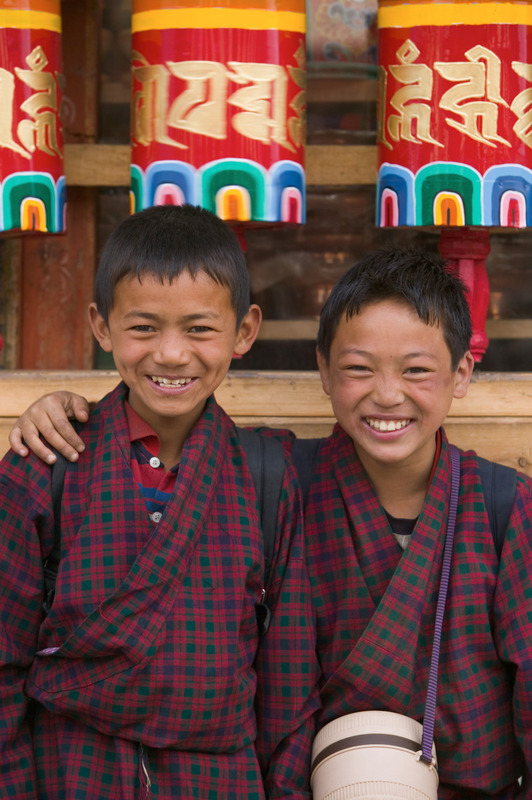 Schoolchildren dress traditionally, in the gho for boys, a knee-length, brightly coloured, belted coat with knee-high socks and smart brogues. For girls, a kira is worn, often a full length skirt and neat jacket, equally brightly coloured. The Duchess of Cambridge wore an approximation of the kira during her visit to Bhutan.
Schoolchildren dress traditionally, in the gho for boys, a knee-length, brightly coloured, belted coat with knee-high socks and smart brogues. For girls, a kira is worn, often a full length skirt and neat jacket, equally brightly coloured. The Duchess of Cambridge wore an approximation of the kira during her visit to Bhutan.
What is striking about the people in Bhutan is their love for the king, who they truly revere, the Buddhism that defines them and their general joy in life. The current King’s father, King Jigme Singye Wangchuck, was responsible for introducing the measurement of Gross National Happiness, which considers the individual and society in many ways – economic, religious, communal and cultural. It is an intrinsic part of Bhutan, which gives rise to a unique people, whose principles include no harming others and intense reflection.
In each town and city centre is the dzong, a fortress-like buildings that acts as a monastery and administrative centre. It is seen as a symbol of the community and very much part of daily life. They are splendid buildings, said to have been created by llamas, without formal plans, or use of iton or cement. Even the airport terminal is built in this style.
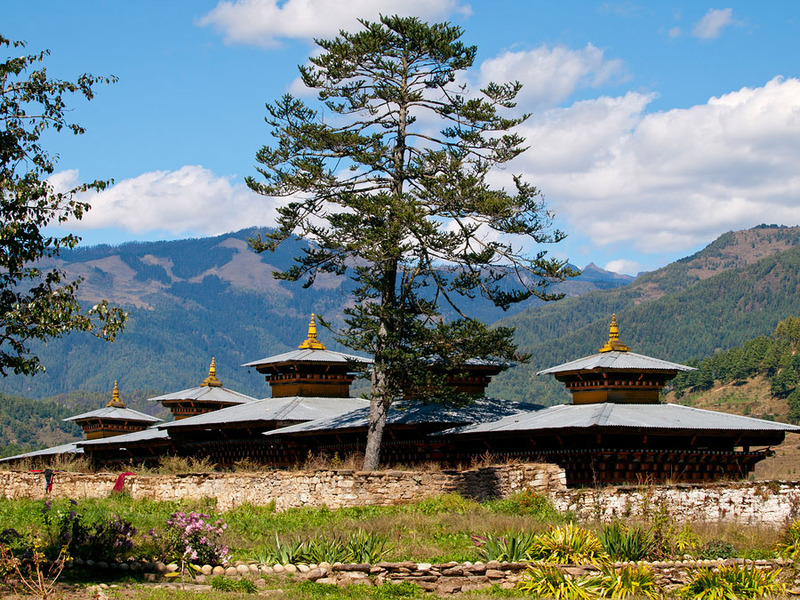 Nature too is astonishing here: the landscape is diverse and dramatic: the plunging valleys are often filled with fast flowing rivers. The wildlife is abundant, with little to have encroached on it and the Buddhist beliefs protecting it. Bengal tigers, red pandas, snow leopards, black bears and takins, the national animal, are just a few of the species to be seen. Many rare birds live here too, making it a birders’ paradise.
Nature too is astonishing here: the landscape is diverse and dramatic: the plunging valleys are often filled with fast flowing rivers. The wildlife is abundant, with little to have encroached on it and the Buddhist beliefs protecting it. Bengal tigers, red pandas, snow leopards, black bears and takins, the national animal, are just a few of the species to be seen. Many rare birds live here too, making it a birders’ paradise.
The climate in the south is sub-tropical, leading to abundant and lush vegetation, poinsettias grow almost as tall as an adult, whereas in the north it is decidedly chillier, almost polar in fact. This gives rise to real contrasts when travelling around.
And just a world about the food, it is not all vegetarian, with chilli cheese (Ema Datshi) being a real favourite locally. Should you choose a home-stay with a Bhutanese family, which is a popular tourist option, red rice will be frequently eaten too!
When?
There are 4 clear seasons here. Spring is magical for wildlife and acres of mountain flowers, including the famous blue poppy which is the country’s symbol. 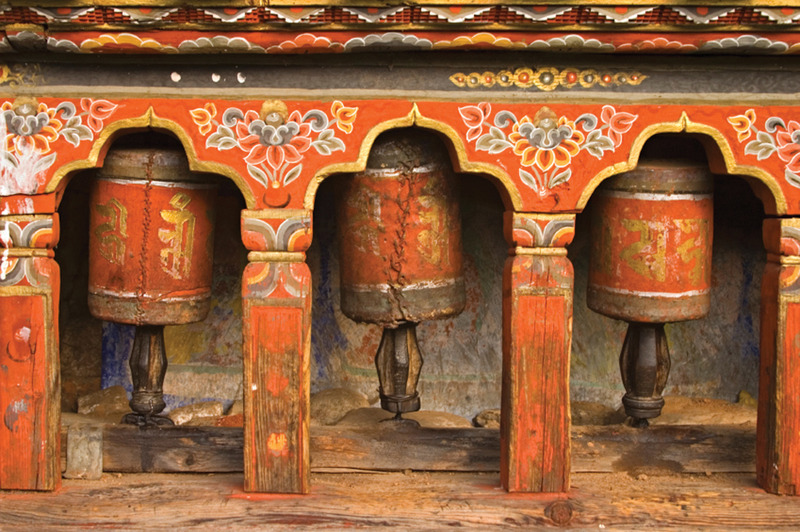 And in autumn the harvest takes place, so you can really appreciate the agricultural way of life outside the cities.
And in autumn the harvest takes place, so you can really appreciate the agricultural way of life outside the cities.
The best time to visit is October to April, which is the dry season. The Tourism Board is keen to encourage visitors from December to February when, whilst cooler, days are bright and sunny, and there are fewer visitors. From June to September, there is rain for 2 or 3 hours a day, and conditions can feel almost like a monsoon.
Who?
The Tourism Council recommends Bhutan for everyone who wants a unique experience, beautiful nature, geography and people with perhaps a few spiritual insights along the way. In fact, it employs the phrase ‘Happiness is a place’ to describe the country. Can there be any better recommendation?
With many thanks to Amit Verma of Cox & Kings and Damcho Rinzin of the Tourism Council of Bhuta.
More information
Cox & Kings offer group and private tours to Bhutan. Visit www.coxandkings.co.uk.
For reviews on this wonderful country, visit www.silvertraveladvisor.com, and type Bhutan into the search box.
Silver Travel Advisor recommends Cox & Kings


